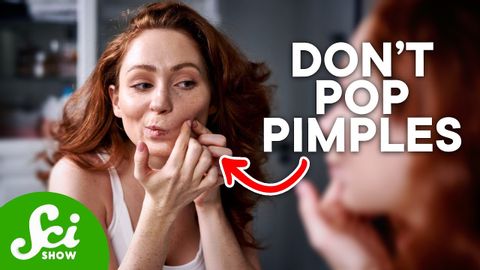ニキビを消すには? (How Do You Get Rid of Acne?)
robert が 2021 年 01 月 14 日 に投稿  この条件に一致する単語はありません
この条件に一致する単語はありませんUS /ɪˈmjoon/
・
UK /ɪˈmju:n/
US /ˈɛvɪdəns/
・
UK /'evɪdəns/
- n. (c./u.)条件;期間;学期;用語;関係;項;妊娠期間;任期
- v.t.称する
US /səˈvɪr/
・
UK /sɪ'vɪə(r)/
エネルギーを使用
すべての単語を解除
発音・解説・フィルター機能を解除

